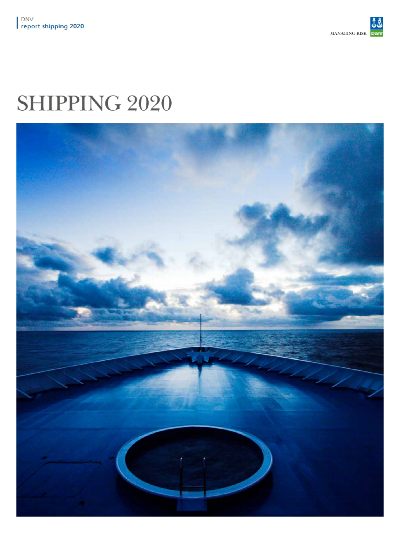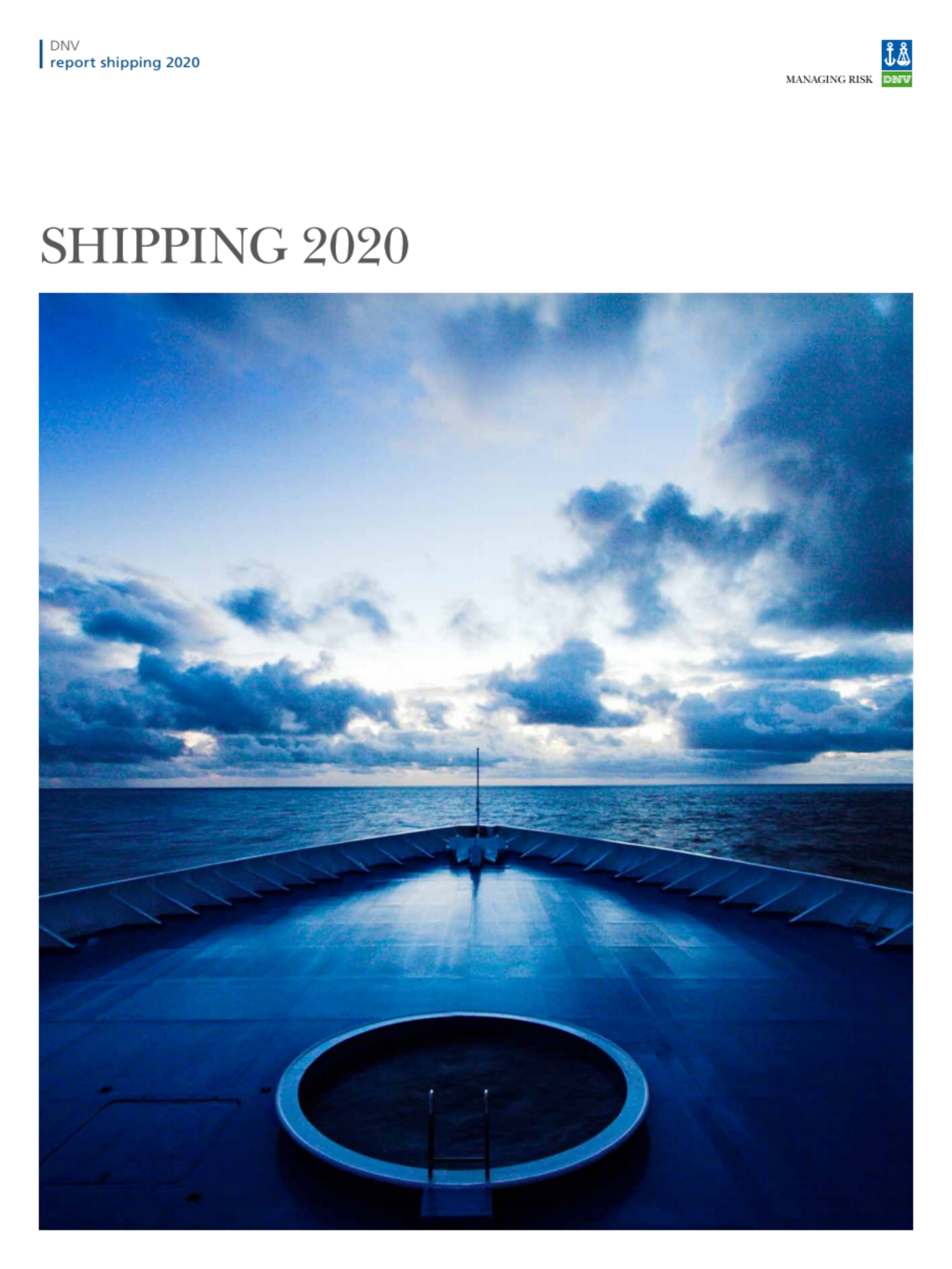



收藏
纠错
2020年航运报告
This project has used a scenario approach to assist to describe likely outcomeson technology uptake in the maritime industry. The four scenarios A-D eachprovide a different picture of how the shipping fleet would appear in 2020.Thescenarios are described in details later in this report, but to better appreciate themain findings, as described below, the scenarios can be summarized as follows:
SCENARIO A(Full steam ahead""): High economic growth; high fuel prices;little regulatory or stakeholder pressure on the environment
SCENARIO B(“Knowing the ropes""): High economic growth; LNG prices lowand decoupled from oil prices; high regulatory and stakeholder pressure on theenvironment
SCENARIO C ("Sink or swim"): Low economic growth; low fuel prices in generalbut high demand keeps the marine gas oil (MGO) prices up; high regulatory andstakeholder pressure on the environment
SCENARIO D ("In the doldrums""): Low economic growth; LNG prices decoupledfrom oil prices; low regulatory or stakeholder pressure on the environment.
This study has idlentified key findings con-ceming the main regulatory issues, highlight-ing important considlerations for ship ownersand operators in the period leading up to2020.The key findings firom the simulationmodel are summarised here.
Finding l: More than 1 in 10 newbuilldings inthe next 8 years will be delivered with gasfuelled engines.
The number of liquefied natural gas (L.NG)fiellecdl slaips throuagh 202o depPeaI0eaboveon fuel pricex. With a LNG price 10% above heavy fuel oil(HFO).7-8% of newiuildingsfrom 2012 to 2020 will be able to run on LNG.If the LNG price goes down to 30%below HFO, the uptake of LNG increases to13%ammcll, in the eaxtreame case of ILNG price.70% below HFO, the LNG share of newbuild-ings is 30 percent. In total numbers.13% is equtivalent to approximately 1.,000 ships.The global sulphur limit, if effective begin-ning in 2020,combined with the 20%EEDIreduc tion requtirement, will have a sigmificantimpact on the implementation of gas fuelledlengines prowvided the capacity and fuel supply are there. We could see up to half of thenewbuildings being delivered with gas fuelledlengines Ey 2020.
【更多详情,请下载:2020年航运报告】Based on trends in the world economy and transport demand, marine regulations and technology, wehave described four possible development paths as we move towards 2020, Scenarios A to D.Thesescenarios give input to a simulation model developed to assess likely technology investment in the worldfleet from 2012 to 2020.
